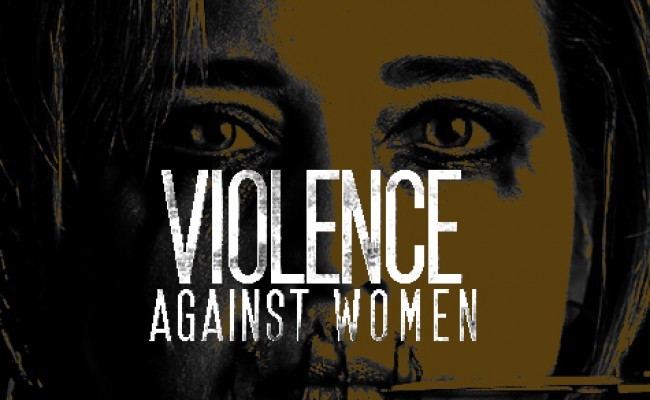Violence against women in the community
Sexual violence, including rape and sexual harassment, is widespread across the country and perpetrated in public and private spaces. According to the National Crime Records Bureau, in 2012, 2.84 cases of rape were reported every hour.
( United Nations Children’s Fund (UNICEF), The Situation of Children in India: A Profile (2011), p. 36.
( Pre-Conception and Pre-Natal Diagnostic Techniques (Prohibition of Sex Selection) Act, 1994, amended in 2003.
India, National Crime Records Bureau, Crime in India 2012: Statistics (2013), p. 81, table 5(A).
India, Crime in India, snapshots, p. 6.
stated that there was a general sense of insecurity for women in public spaces, especially in urban settings. Women are easy targets of attacks, including sexual violence, whether while using public transportation or sanitation facilities or on the way to collect wood and water.Many victims of sexual violence carry a deep sense of shame, which is further exacerbated by the stigma and exclusion they experience, especially from family members and the community, and which may result in suicide.
With regard to early and/or forced marriages, the implementation of the Prohibition of Child Marriage Act, 2006 has resulted in some reduction in the overall percentage of early marriages.5 the lives of girls, whether in respect of domestic violence, marital rape or early pregnancies. It also deprives them of numerous human rights, including the right to education and the enjoyment of their childhood.
The Special Rapporteur was informed about the high incidence of acid attacks on women in the country, despite the development of new legislative measures.6 acid attacks are predominantly women who challenge patriarchal norms, including by opposing a marriage or partner proposal.7 forces the survivors to live in stigma, shame and exclusion. It also creates a climate of fear for other women as regards the consequences of failing to abide by and respect traditional practices and roles.
Violence against various groups is also of concern. Dalit and Adivasi women and women from other scheduled castes and tribes and other “backward classes” are frequent victims of multiple and intersecting forms of discrimination, as well as violence. Caste-based discrimination, which also includes intra-caste hierarchies, continues to be pervasive and widespread. The inter generational nature of caste-based discrimination condemns women to a life of exclusion, marginalization and disadvantage in every sphere of life. Many of those women are denied an education and economic opportunities, and perform dangerous and unprotected work, including bonded labour (debt bondage) and manual scavenging, which are both widely regarded as forms of forced labour and modern forms of slavery. Women represent the vast majority of manual scavengers in the country, and are commonly from scheduled castes and minority groups. While legislation has been adopted to eradicate bonded labor and manual scavenging, there is a consistent failure in the implementation of such laws the significance of the problem.
Numerous testimonies shared on recurrent episodes of communal violence against religious minorities, including Muslims and Christians, reflect a deep sense of insecurity and trauma of women living in those communities. Experiences included women being stripped, burned, attacked with objects inserted into their vaginas and sexually assaulted in myriad ways because of their religious identity. It was reported that perpetrators of those crimes usually held positions of authority and often went unpunished. Further, those minorities are allegedly excluded from access to education, employment and adequate housing on equal terms with other citizens, despite the existence of affirmative action schemes and measures by the Ministry of Minority Affairs and the National Commission.

